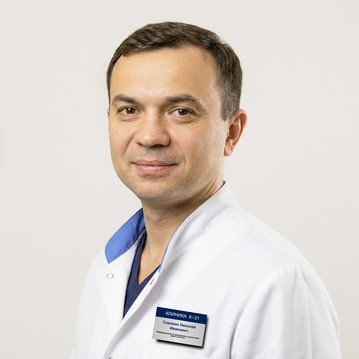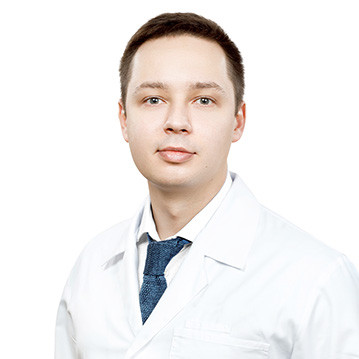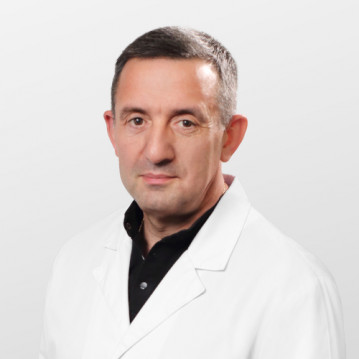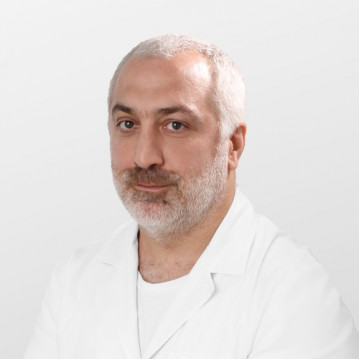Are you experiencing cramps in your lower abdomen, pain in your perineum, swelling, or trouble urinating? Visit urologist at the multidisciplinary clinic "K + 31" in Moscow. Tumors of the bladder will help to exclude or timely identify complex diagnostics on high-precision modern equipment.
Tumors in the bladder are neoplasms that appear in its wall and grow into the cavity or deep into muscle layer. They are both benign and malignant.
Types and causes
Comparatively "harmless" (benign) tumors of the bladder include structures of non-epithelial origin - fibroids, hemangiomas, neuromas and fibromyxomas.
Polyps (connective tissue neoplasms in the form of a fungus) and papillomas (epithelial outgrowths). Papillomas can recur and become malignant (acquire a malignant form).
Malignant growths are adenocarcinoma, squamous cell and transitional cell carcinoma. Squamous the variety is characterized by the most aggressive growth with damage to regional lymph nodes.
The transitional cell type has the form of short and thick villi growing through the wall with a wide base. Adenocarcinoma originates from glandular tissue; surrounding structures are quickly involved in the process.
Statistics: Almost 80% of patients in the urological oncology department of the hospital are men from 50 to 80 years old. Among women pathology is detected 4 times less often.
Volume formation of the bladder appears as a result of active cell division. Pathological triggers process can become unfavorable endo- and exogenous factors causing mutations.
Risk factors:
- genetic predisposition (burdened heredity);
- age;
- poor ecology (in particular, polluted air and electromagnetic radiation);
- smoking and other chronic intoxications;
- working with toxic materials;
- stagnation of urine (for example, against the background of prostatitis and prostate adenoma);
- stones (stones) in the kidneys and ureter;
- diverticula (protrusions) and strictures of the urethral canal;
- pathologies of infectious and inflammatory genesis;
- Cytostatics (e.g., Cyclophosphamide) in chemotherapy for cancer and systemic diseases vasculitis.
Important: STDs - trichomoniasis, gonorrhea, chlamydia and syphilis can provoke the formation of a tumor.
Symptomatics
At the initial stages of the development of tumor structures, an asymptomatic course of the process is often noted. First signs tumors in the bladder in women and men may resemble manifestations of cystitis.
Please note: Patients who are familiar with inflammation of the bladder, often postpone a visit to the urologist, and trying to self-treat with antibiotics, antispasmodics and non-steroidal anti-inflammatory drugs drugs. Self-medication does not help, but "lubricates" the clinical picture, making diagnosis difficult.
Symptoms of a non-specific bladder tumor appear when the formation grows to such sizes, which begins to compress the walls of the organ.
Clinical manifestations:
- spasmodic pain in the lower abdomen;
- cloudy or discolored urine;
- dysuria (frequent urination and passing urine in small portions);
- feeling of incomplete emptying of the bladder after going to the restroom;
- swelling in the perineal area;
- swelling of the facial area, arms and legs;
- Digestive disorders.
Signs of the appearance of education in the bladder in women can be pathological discharge from the vagina and dysmenorrhea.


















